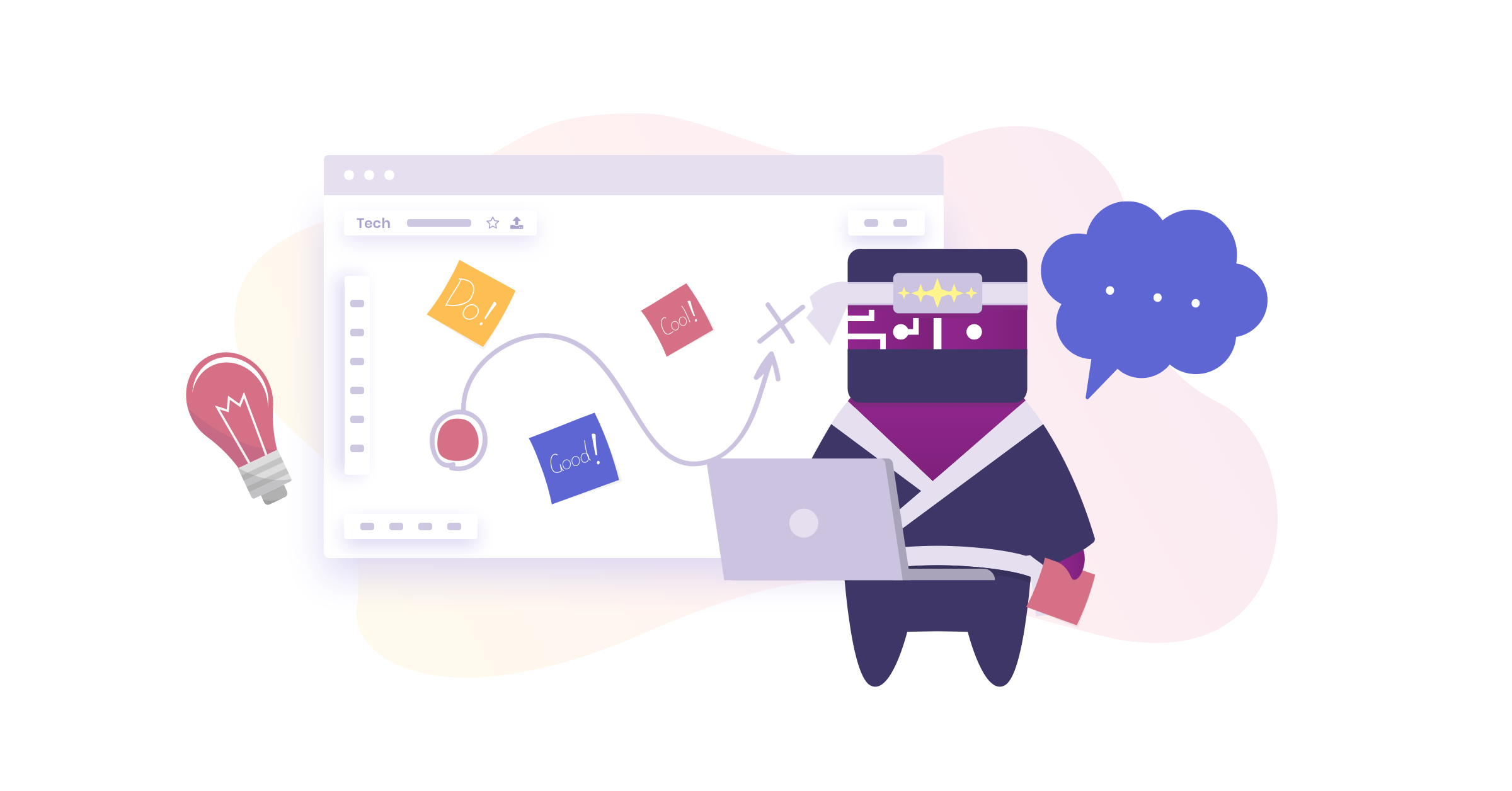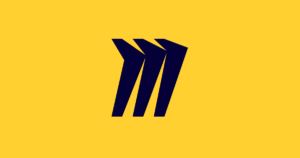The shifts of consumer behavior in the current social climate are having diverse effects on a wide range of industries worldwide and customer support teams are not immune from this. Quite the opposite actually. Across industries, a number of support teams are seeing a massive influx of customer inquires whereas some are seeing the need to downscale their teams and operations.
It’s no secret that the tech industry, especially online collaboration, and communication tools, are being used more than ever due to the shift to remote work and socializing. Companies within these fields are seeing massive growth and with this comes more inquiries, which means a bigger workload for their customer support teams.
Miro is one such team that since its inception, has continued to scale. Their online visual collaboration and whiteboarding platform has enabled thousands of cross-functional teams around the world to share ideas whilst working remotely. We spoke to their team lead Pauline about building a stronger, higher-performing team and how they are leading a full-scale charge.
Hi, Pauline. So, Miro is definitely no stranger to the scaling process. Just out of curiosity, when you started 3 years ago, how many agents did you guys have?
I was the 4th agent, now there are 18 people in the team. Overall, in terms of company employees, I was the 45th employee. Now there are more than 250 and we are growing every day!
Are all of your agents located in Perm (Russia)?
So the majority of us are located in Perm because we cover most of the timezones for Europe and Russia. However, we have customers all around the world, so we have to provide 24/7 support. That’s why we have 2 agents in LA.
Over the last 3 years, what has your experience scaling the team been like?
It’s been super crazy. Since I’ve been team lead we’ve grown from 7 to 18. We layered our team. So we have our first-line, the so-called CSR’s. They are invincible people who can answer any question.
And the second-line?
We call them technical support engineers. They deal with fewer issues but are more deeply technical. We have TSE’s here in Perm and are hiring one in LA as well.
How was the scaling process for you guys? Was it planned or more of a crisis aversion?
We tried different approaches in terms of forecasting. We tied the size of our team to how many tickets we receive and tried to find some sort of correlation with the marketing numbers. We check once per quarter, if we are running ok and as predicted. So it was gradual, with no big spikes. We planned for how many people we need and where they are needed to cover the entire day in both LA and Europe.
You said you provide 24/7 support. How do you ensure that? Is it shift work or more of a follow-the-sun principle?
Well, when it was the early days, everyone was in Perm. So we had people working late-night shifts, which is super bad for your health. So at some point, we decided to ditch this idea, for a more FTS principle. In Perm, the latest shift ends at 2 am and the LA shift starts at 11 am, this way we cover 24/7 and are covering requests as fast as possible.
Is that why you hired the two agents in LA? To alleviate the pain of working throughout the night? Or is it more of a cultural alignment?
There are several reasons. The first is pretty simple, we wanted to make it healthy for our employees. Number 2, was to build a strong internal culture. We believe to provide a great customer experience it is more fruitful to work closely with your sales, tech and UX teams. That’s why we don’t outsource either. What do I mean by that? Whilst Slack is great, it’s better to be able to communicate with members of different teams immediately in order to solve the problem quickly and to a high standard.
When did you hire your first agent in LA?
That was in January 2019. We definitely noticed a change in terms of how quickly we could respond to urgent requests. We also noticed how our CSAT
changed. Most of the appraisal comments customers write to us are about speed.
So your CSAT spiked after the hire?
Yeah, it really helped to improve this metric. In Q1 last year we had a 90% CSAT score, and right now we have a 98%.
Woah! That’s incredible.
Thanks. We try to continually improve the quality of how we respond. It’s not only about having people there, but it’s also about hiring the right people. We have a pretty tough hiring process. We only just recently calculated that only 2% of applicants get the offer. So, we try to find the right culture fit as well.
What is unique about the recruiting process that has allowed you to hire such a high standard of employee?
We have a really nice approach when it comes to the team interview. We used to do a team interview with the managers present. However, 6 months ago we decided to leave the candidate and the team alone. This helps the team to get a good feel for the candidate and for the candidate it gives them an opportunity to be a lot more open and honest and ask those pragmatic questions they may not ask a manager.
It’s definitely working for you. I mean 98% CSAT, come on! What’s your secret?
We are trying not only to have enough people in terms of quantity but to focus on educating them well. This is so that they can resolve issues quickly and to a high standard. We started creating career ladders, so that agents knew how they could become more successful and move forward. We promoted great responses by posting them in Slack to give recognition to hard-working agents. We also introduced bonuses, helping us scale without losing quality.
Awesome, have you ever used internal QA?
Yes, of course. Initially, I rated responses on my own, based on my own criteria. Based on solution correctnesses, voice & tone, language, structure and visual attractiveness of the message. It was my own kind of internal QA.
So you did this all by yourself?
Yes, but as the team started to grow, I couldn’t handle everything myself, we decided to try peer to peer assessment. It was risky because it required a lot of trust from agents. Slowly but surely, it became a weekly routine. We created a bot in Slack that allocated who is reviewing who each week and we pick 8 tickets per week to review.
You obviously have such a strong focus on your team, and you guys work so well together. Have you implemented any sort of automation tools to assist with this?
Uh, yes. We practice different things and play around with them. But the biggest issue we’ve faced with automation is that previously people were asking basic questions about the product. Now they are asking more complicated questions that are often specific. These can’t be answered by the knowledge base or a chatbot. We need real people for these queries.
Do people revert back to calling when it comes to these specific queries?
It’s more chat. First of all, we don’t actually offer any phone support. We actually record live, custom gifs and videos for our users. This is so that we can show them in detail what to do.
Wait, wait. So the videos aren’t prerecorded? Do you create specific videos for each case?
We do it custom and specific for each case.
Wow. That’s awesome. How did you think of that?
Well, one of our main approaches is to think, “How would I like this question to be answered?” I guess we try to be human beings.
Ok. Well from one human to another, what would be your best piece of advice for anyone reading this whose currently scaling their support team?
Hmm. Be brave, be bold, experiment. It’s ok to try new things and get inspiration from others. But also be responsible and patient. This is how you build a better place to work.
For more industry snapshot interviews from Heads of Customer Support download our free ebook.



